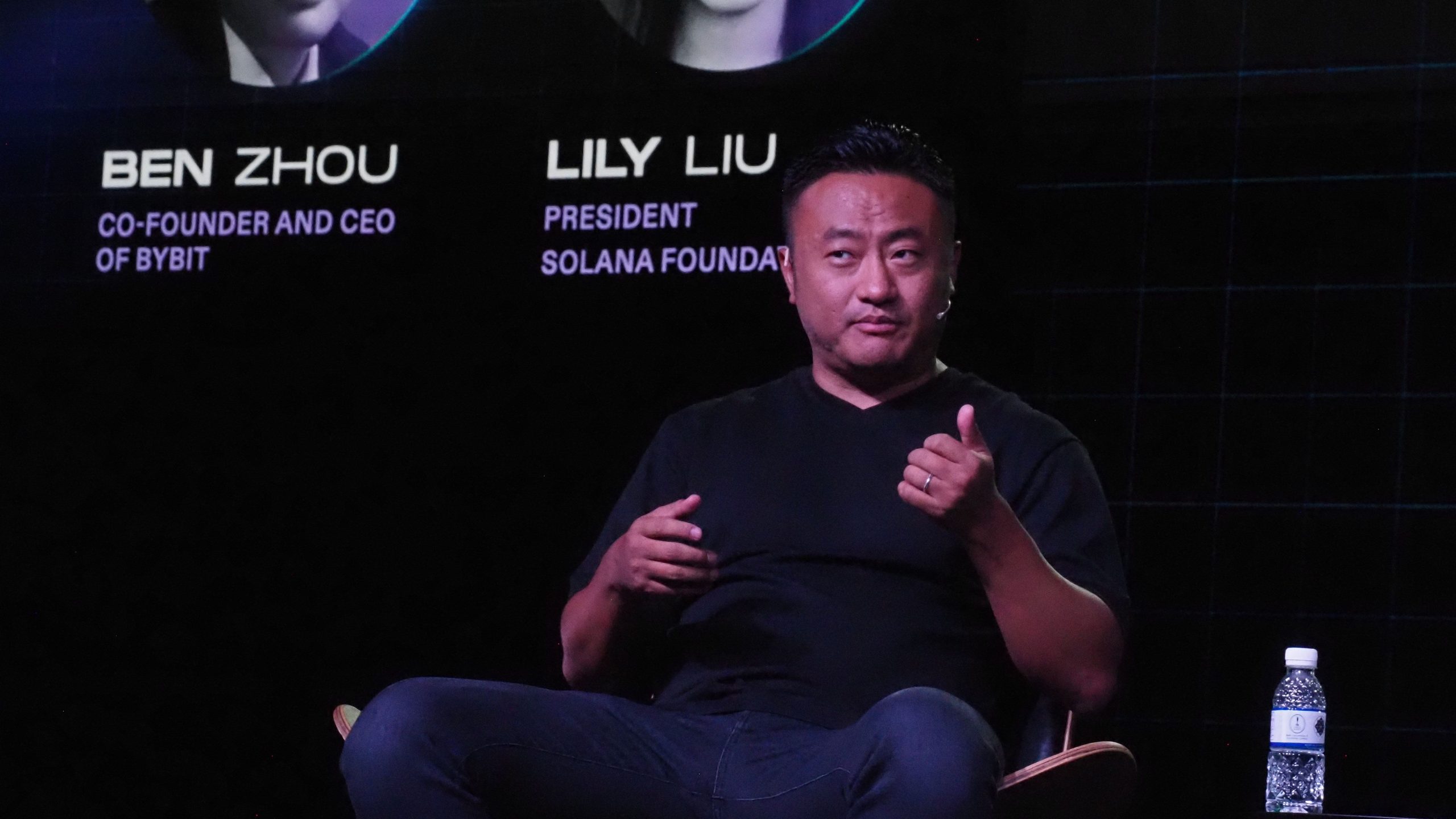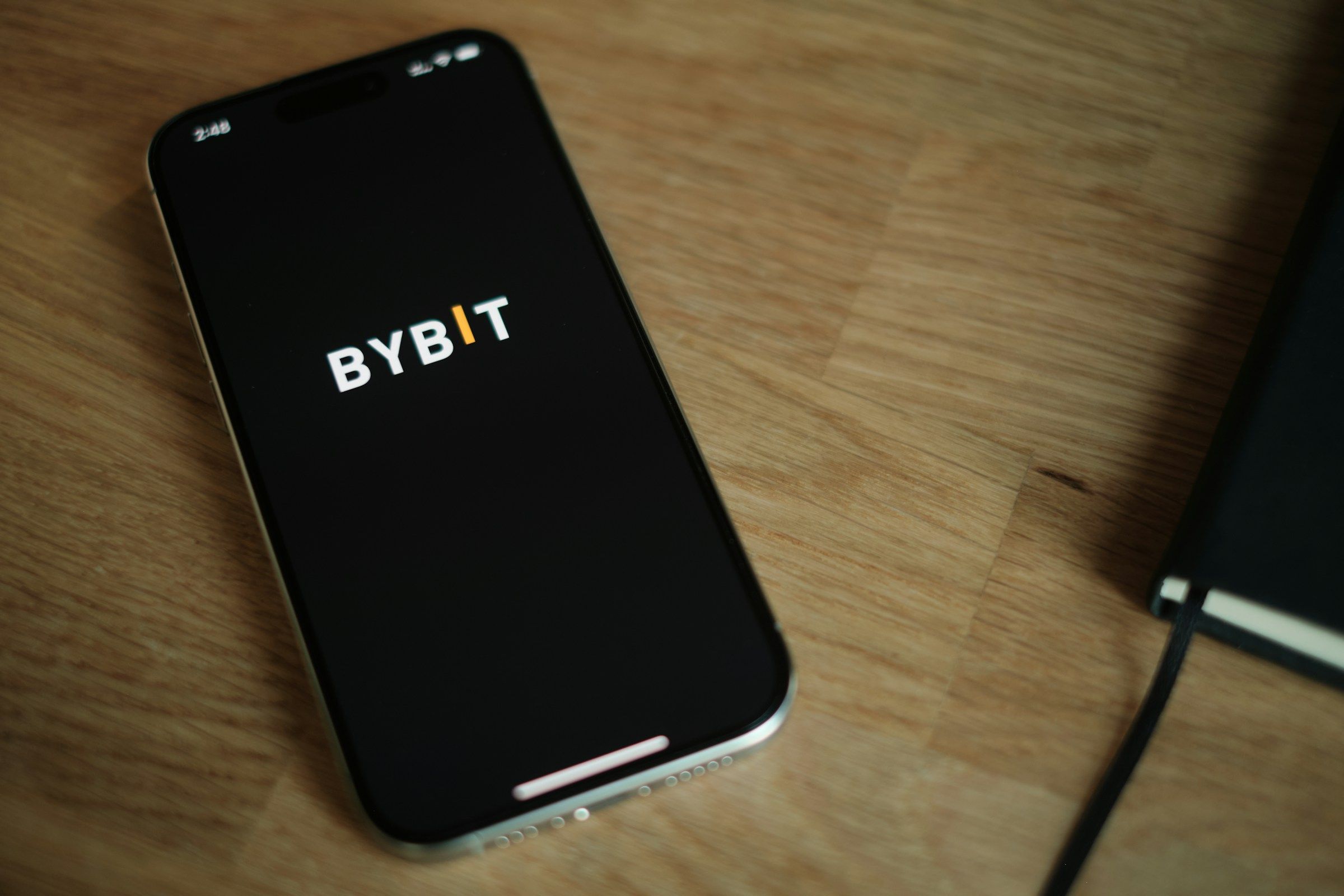Uniswap Labs Launches Unichain: A New Frontier in Layer-2 Networks
On Tuesday, Uniswap Labs, the driving force behind one of the largest decentralized exchanges (DEX) known as Uniswap, announced the launch of its highly anticipated layer-2 network, Unichain. This development marks a significant milestone for the platform and its users.
Powered by Optimism’s OP stack, Unichain offers a solution similar to other layer-2s on Ethereum, providing faster and more economical transactions compared to the Ethereum mainnet. This new network is tailored specifically for decentralized finance (DeFi) applications and aims to establish itself as “the home for liquidity across chains,” as articulated by Uniswap Labs.
The introduction of a layer-2 network presents a dual advantage for Uniswap Labs. Firstly, it promises an enhanced experience for Uniswap users and other platforms operating within the ecosystem. Secondly, it opens up a new revenue stream through network fees. A representative from Uniswap Labs mentioned that approximately 20% of the revenue generated by the chain will be directed back to the company.
Having undergone testing since October 2024, Unichain is classified as a “stage-1” rollup. This classification indicates that while it incorporates certain elements of decentralization, it still retains some centrally controlled safeguards during this initial phase.
Unichain is constructed on the OP Stack, a modular framework that empowers developers to create interoperable layer-2 chains based on Optimism’s optimistic rollup technology. Several notable teams have already launched their own OP Stack-based layer-2 networks, including Coinbase’s Base, Kraken’s Ink, World’s World chain, and Sony’s Soneium.
What Sets Unichain Apart?
In an ecosystem where numerous layer-2 chains have emerged over the past few years, Uniswap co-founder Hayden Adams posits that most of these chains will cater to specific use cases rather than acting as general-purpose blockchains. “We foresee a landscape filled with diverse use cases, with trading being just a small fraction of that,” Adams shared during an interview with CoinDesk.
In partnership with the Ethereum research and development firm Flashbots, the Uniswap team has successfully created a Trusted Execution Environment (TEE) on Unichain. This secure zone is designed for handling more sensitive transactions, optimizing the chain for DeFi by facilitating advanced trades and ensuring quicker transaction finality. “Our vision for Unichain is to create a platform that excels in liquidity creation, trading capabilities, and supports applications that either need to be closely linked or simply require access to liquidity without co-location,” Adams elaborated.
Collaboration with Optimism
As part of its integration into Optimism’s “Superchain” ecosystem, Uniswap Labs has committed to contributing 2.5% of Unichain’s gross revenue—or 15% of the chain’s net revenue, whichever is higher—to the Optimism Collective. This consortium consists of individuals and companies that manage Optimism’s rollup technology. Many chains within the Optimism Superchain ecosystem, including Coinbase and Kraken, have entered into similar agreements.
In return for their collaboration with Optimism, both Coinbase and Kraken have received substantial grants of Optimism’s OP governance tokens from the Optimism Foundation, which manages a treasury of tokens intended to foster ecosystem growth. Coinbase has agreed to accept up to 118 million OP tokens, while Kraken’s agreement amounts to 25 million. Uniswap Labs did not provide comments on whether it has a similar agreement with the Optimism Foundation.
Before the mainnet launch of Unichain, Uniswap Labs announced that 65% of the chain’s net revenue will be allocated to the Unichain Validation Network (UVN). This group of validators and stakers will play a crucial role in securing the blockchain.
According to Adams, the UVN is a step towards enhancing the transparency and validation of the network. “One of the distinctive features of our project, which has always prioritized decentralization, is our intent to diminish the influence and authority of sequencers relative to other platforms that utilize more centralized sequencers,” Adams concluded.







